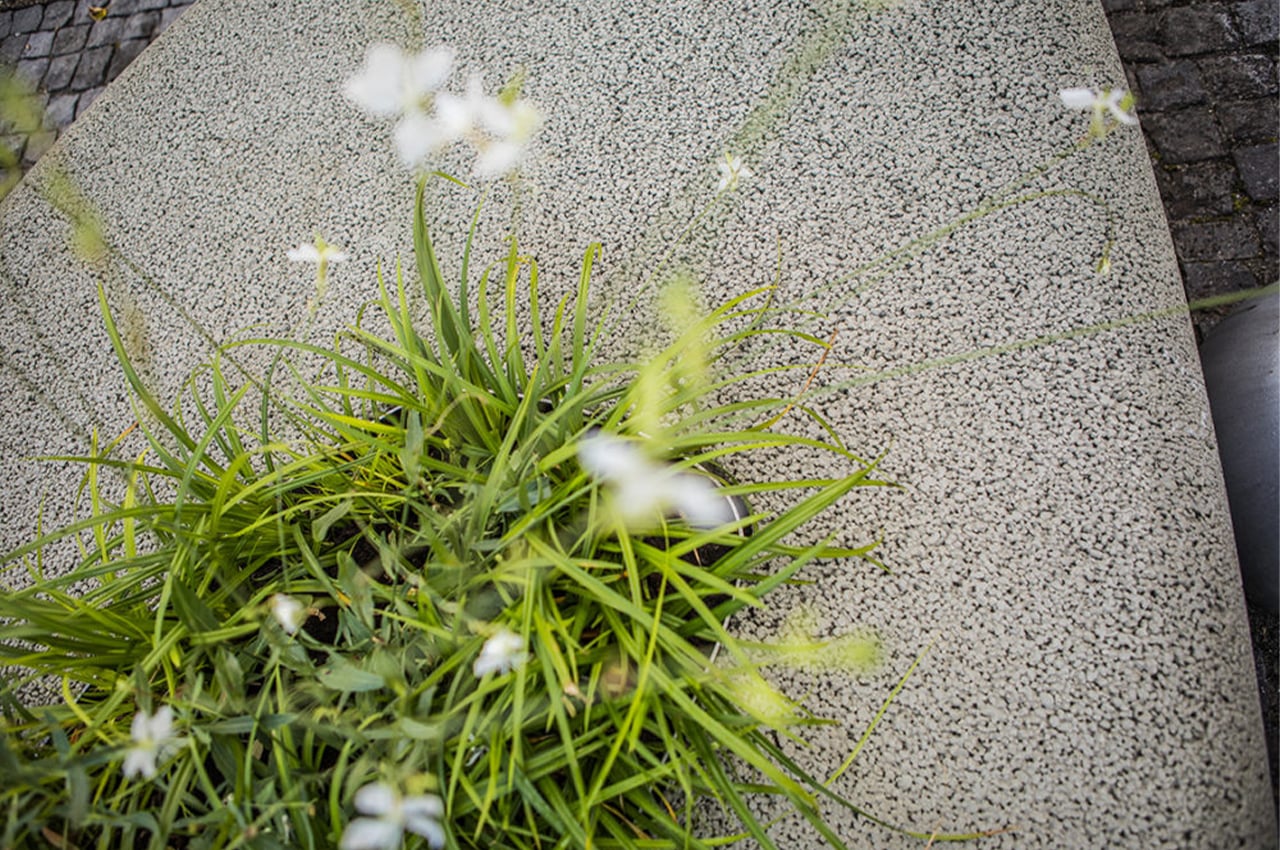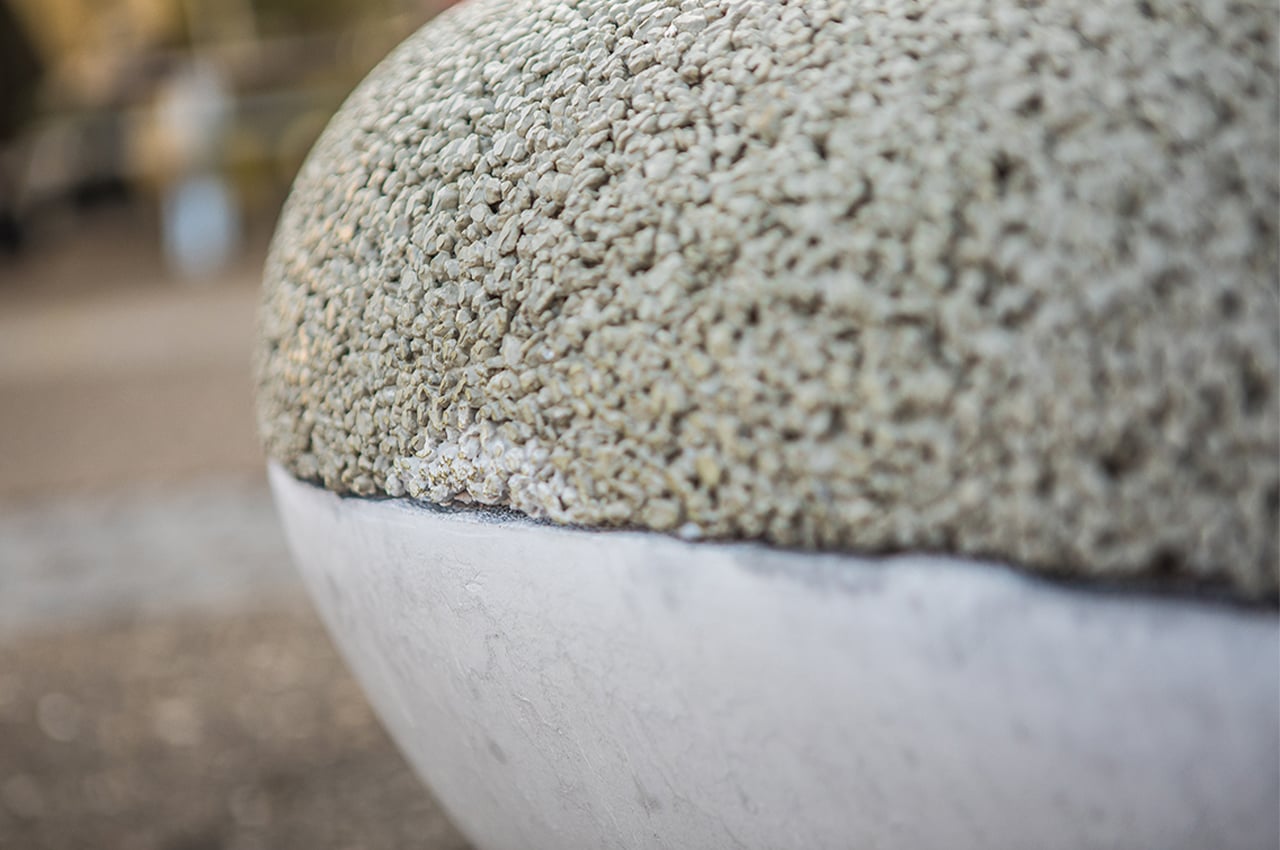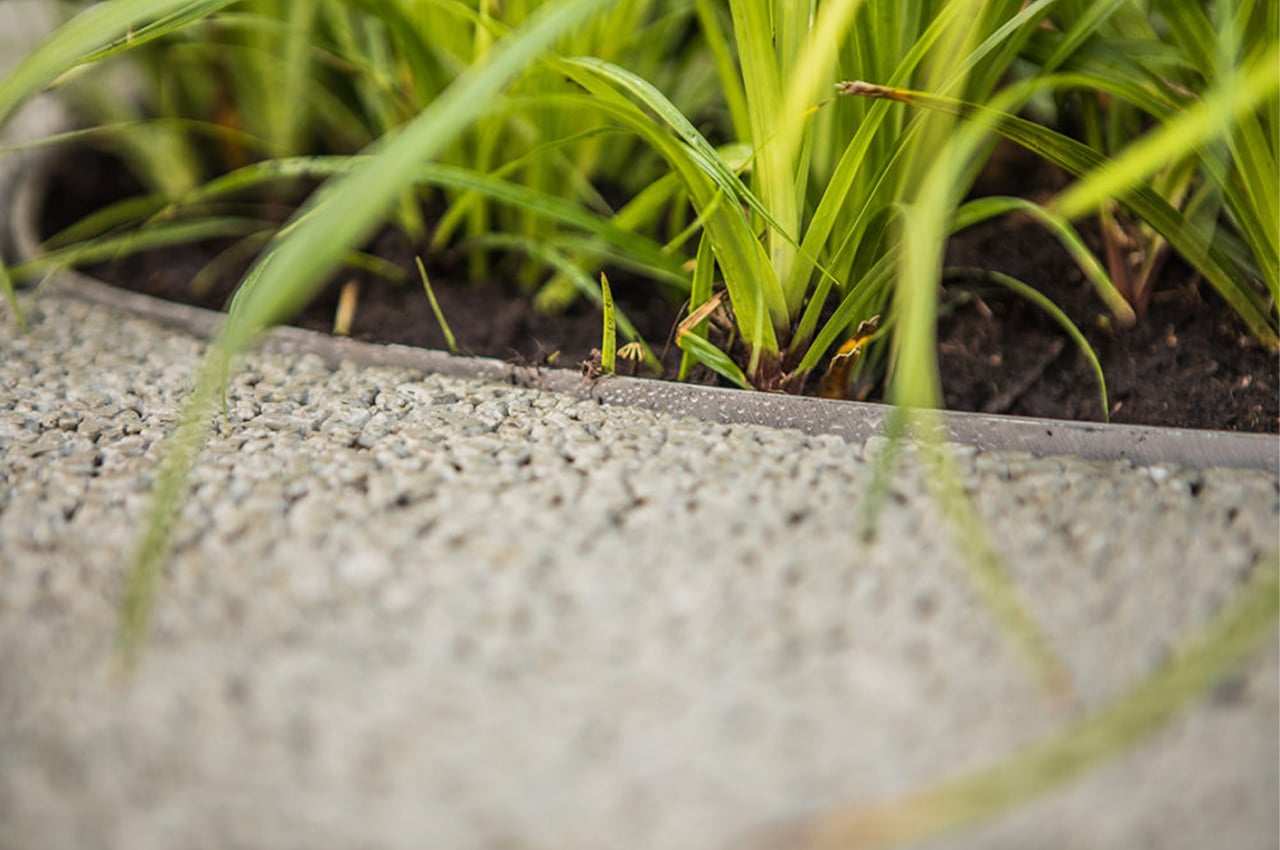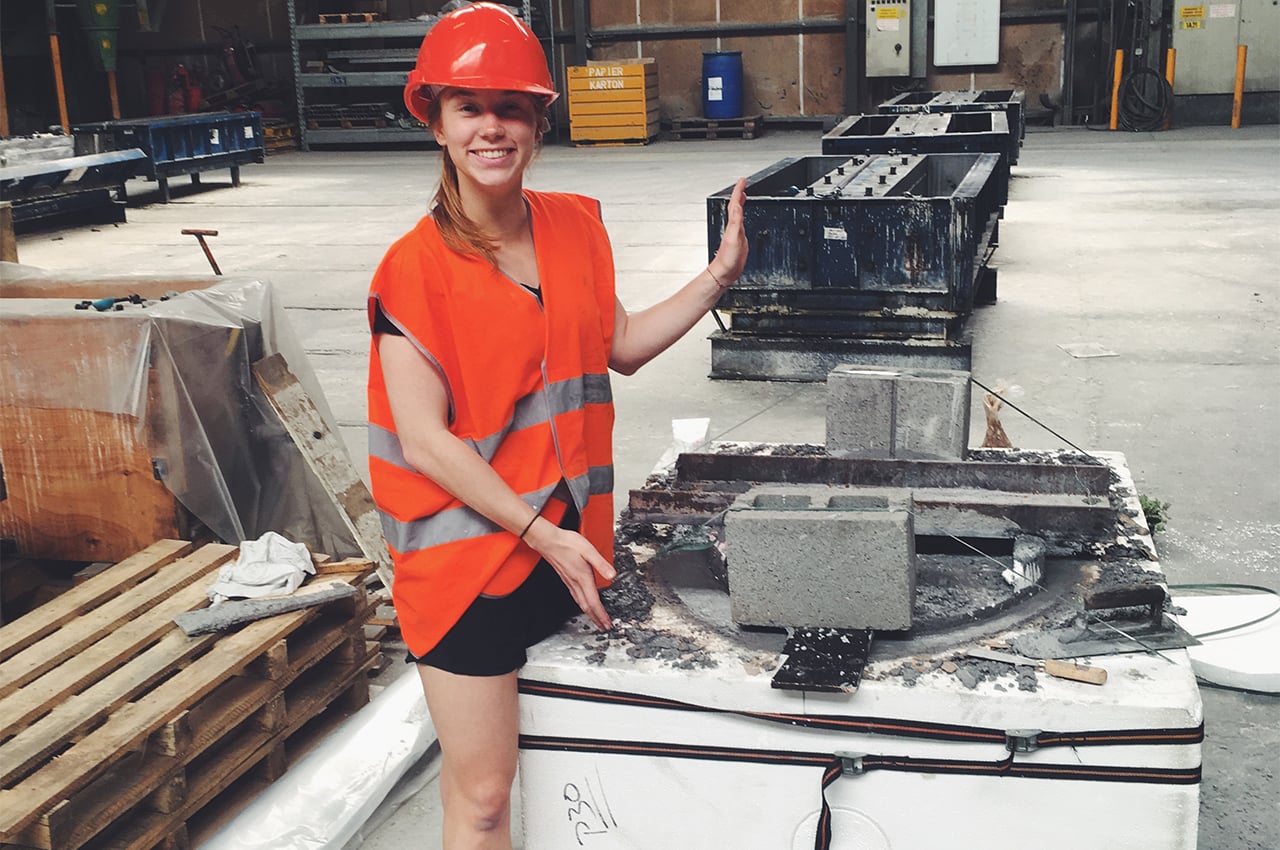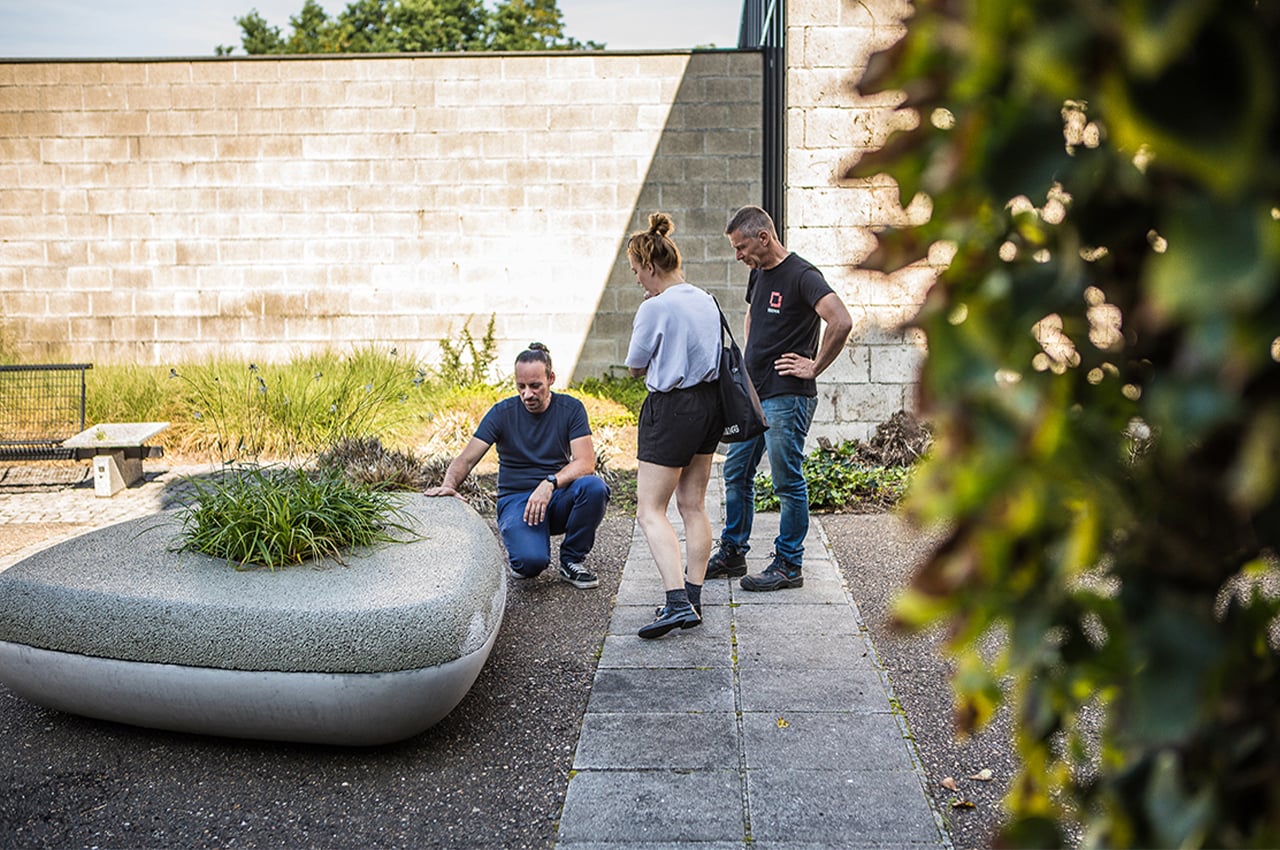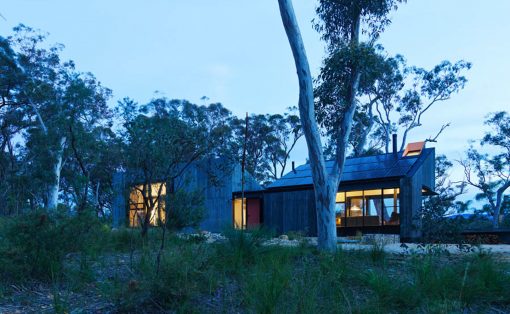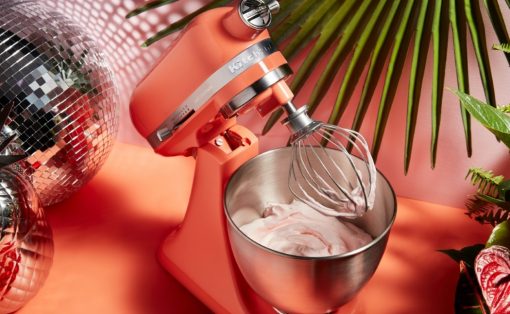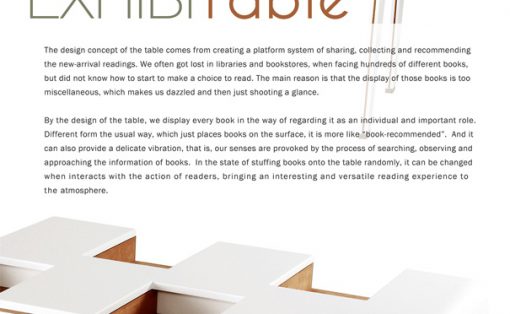Concrete jungle is not just something Alicia Keys sang once, cities are becoming more paved with every passing day leaving scarce patches of greenery. Having concrete structures everywhere is not appealing to the eye but at the same time makes it harder for cities to use rainwater because they don’t have surfaces to absorb it. This makes it harder for them to maintain natural public spaces and green starts turning to gray. To solve this problem, Barbara Standaert made the Waterbench – it is exactly what you think. The design combines a bench, a rainwater barrel, and a planter into one to restore some greenery into the urban landscape.
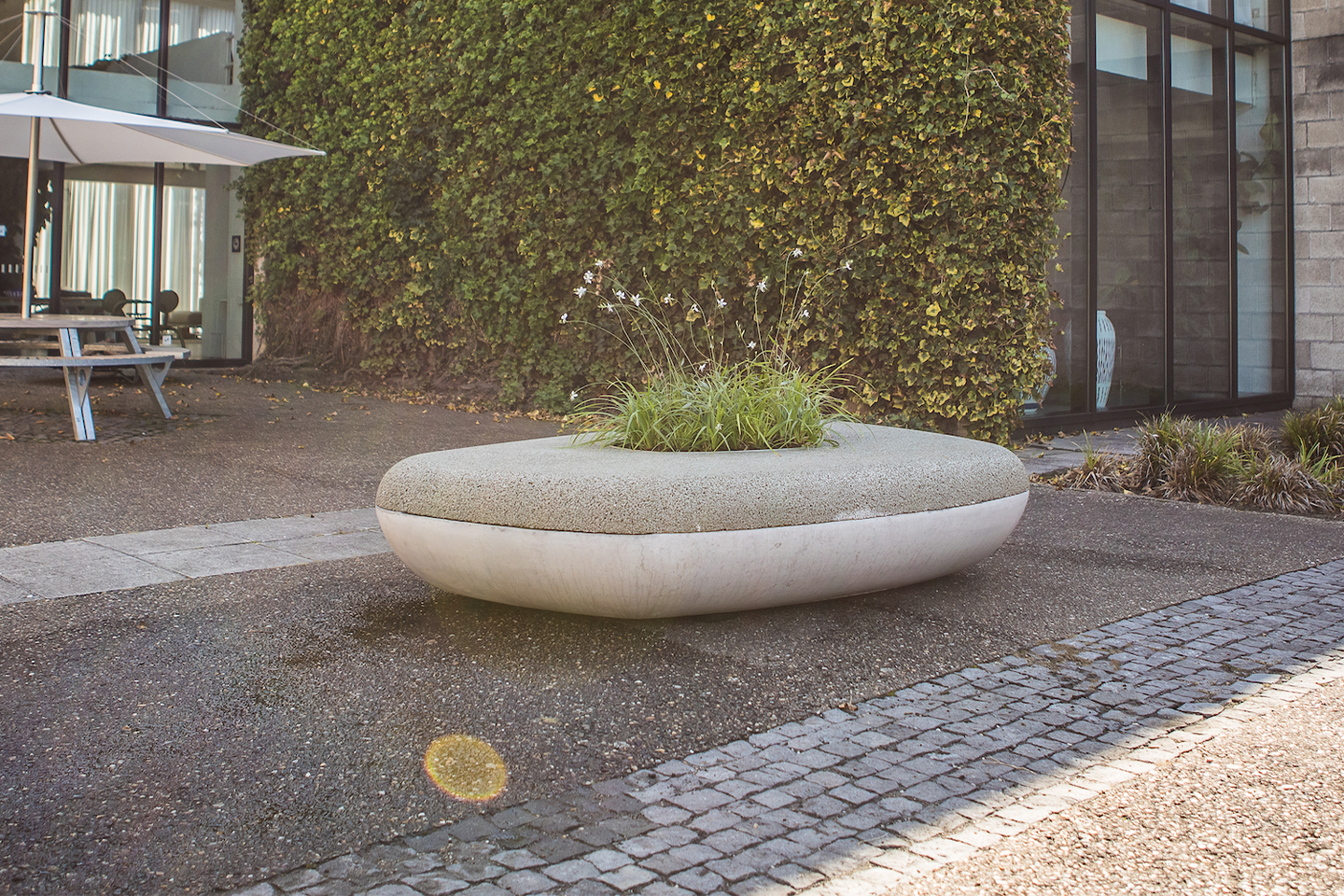
Rainwater is used in public spaces to create self-sufficient greenery that adds some color to the city’s landscape while also helping to maintain temperatures depending on how large these public spaces are. The Waterbench provides a permanent water supply, always guarantees a dry seat (even in rainy weather), and hardly needs any maintenance which ensures a permanent green touch in the city. The playful piece of furniture collects rainwater for the plants incorporated into its seating surface.
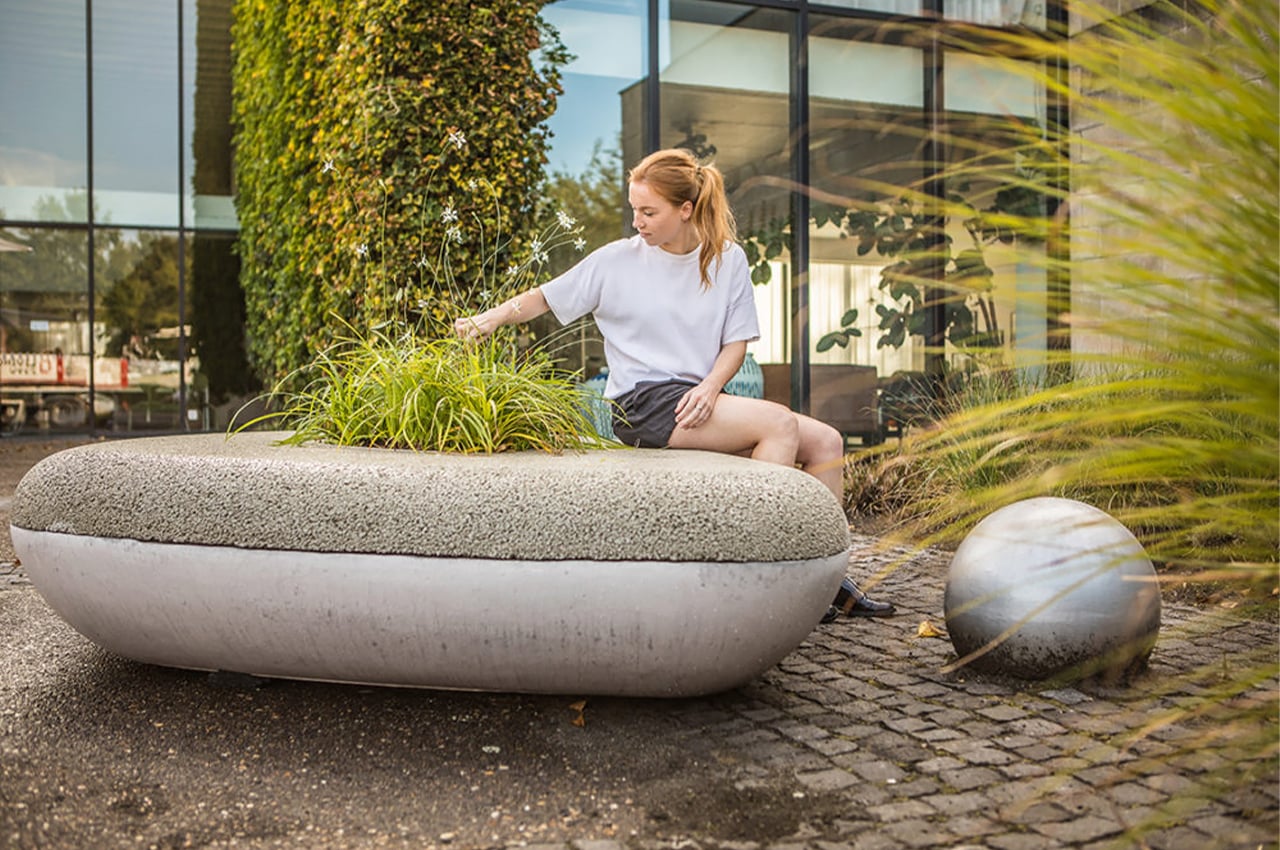
The rainwater naturally seeps through the porous concrete cover and is collected in a water-tight concrete reservoir where the plants find their water and food. The water is organically absorbed and transported to the plants by a nylon cord. The Waterbench rainwater buffer and water reservoir for plants are made of a permeable concrete trough and the water reservoir can hold up to 280 liters.
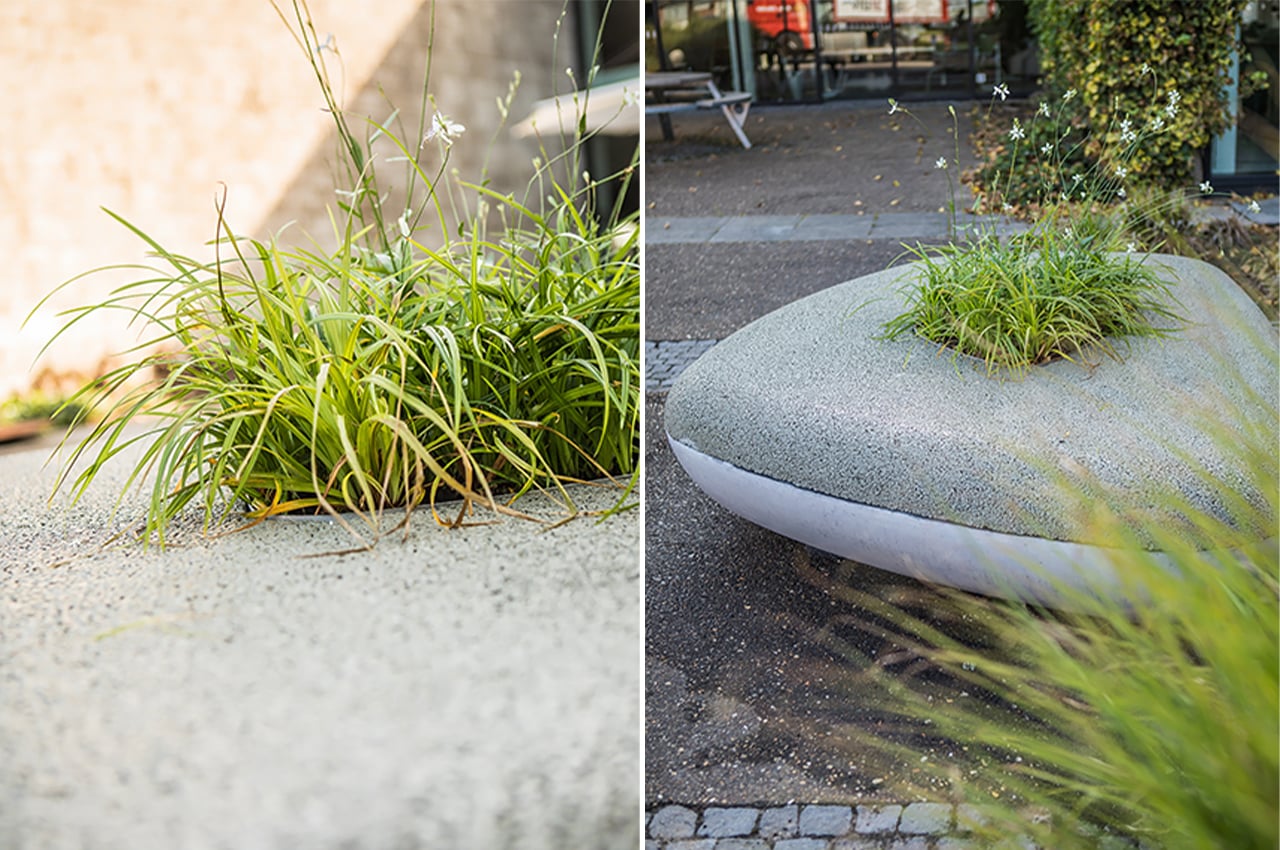
It is available in grey, other shades are possible upon request. Overflow, allowing water to escape if the tank is full. The element rests on rubber stands, allowing excess water to run off. Another advantage of the Waterbench is the option to ‘plant’ the bench with little prior effort, in line with the particular needs of the environment.
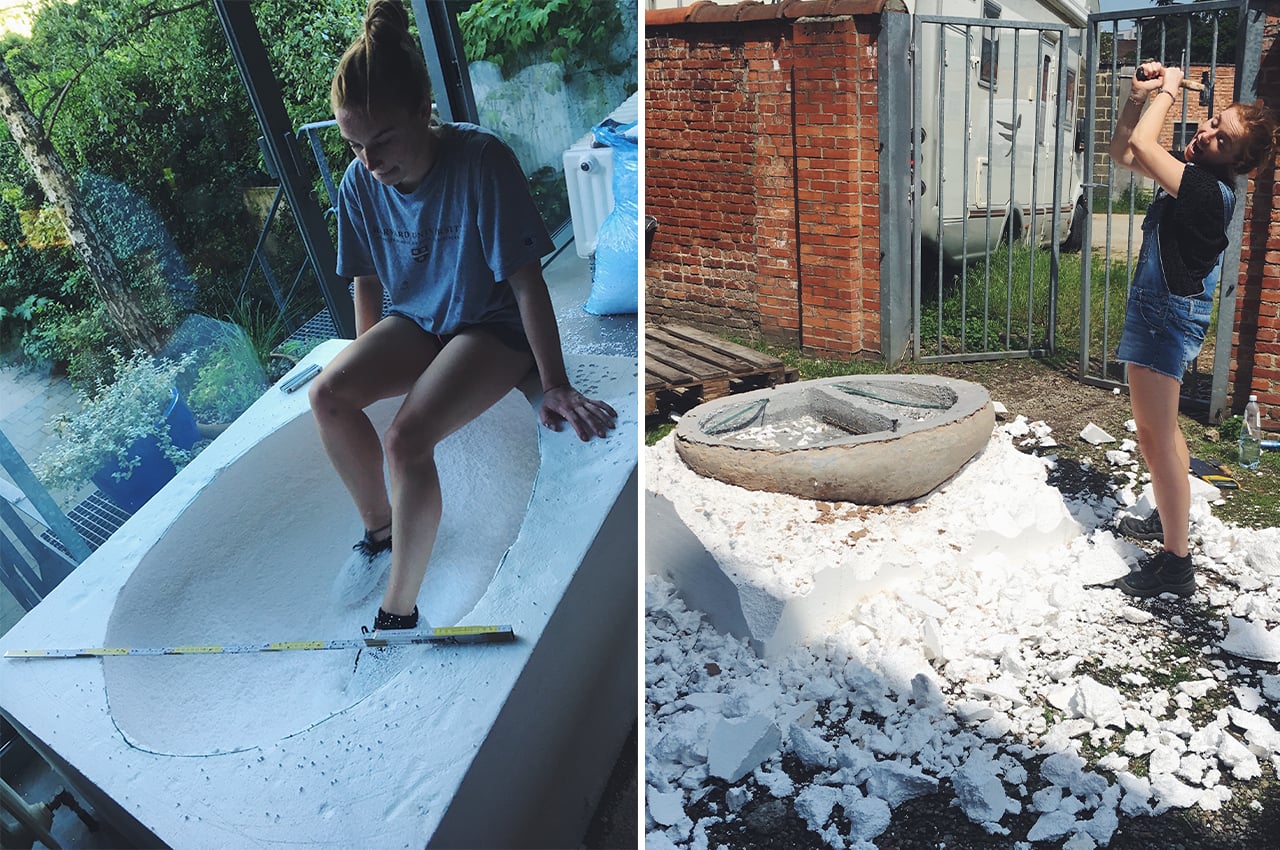
“How can we restore natural processes and give back some green to our urbanized landscape?” Barbara asked herself. She then started researching what is being done today to direct rainwater to nature and found porous rainwater pipes to be one example. Fascinated by the material, she brought it to the surface to show the audience how it worked. She then worked on combining the material and water storage with greenery.
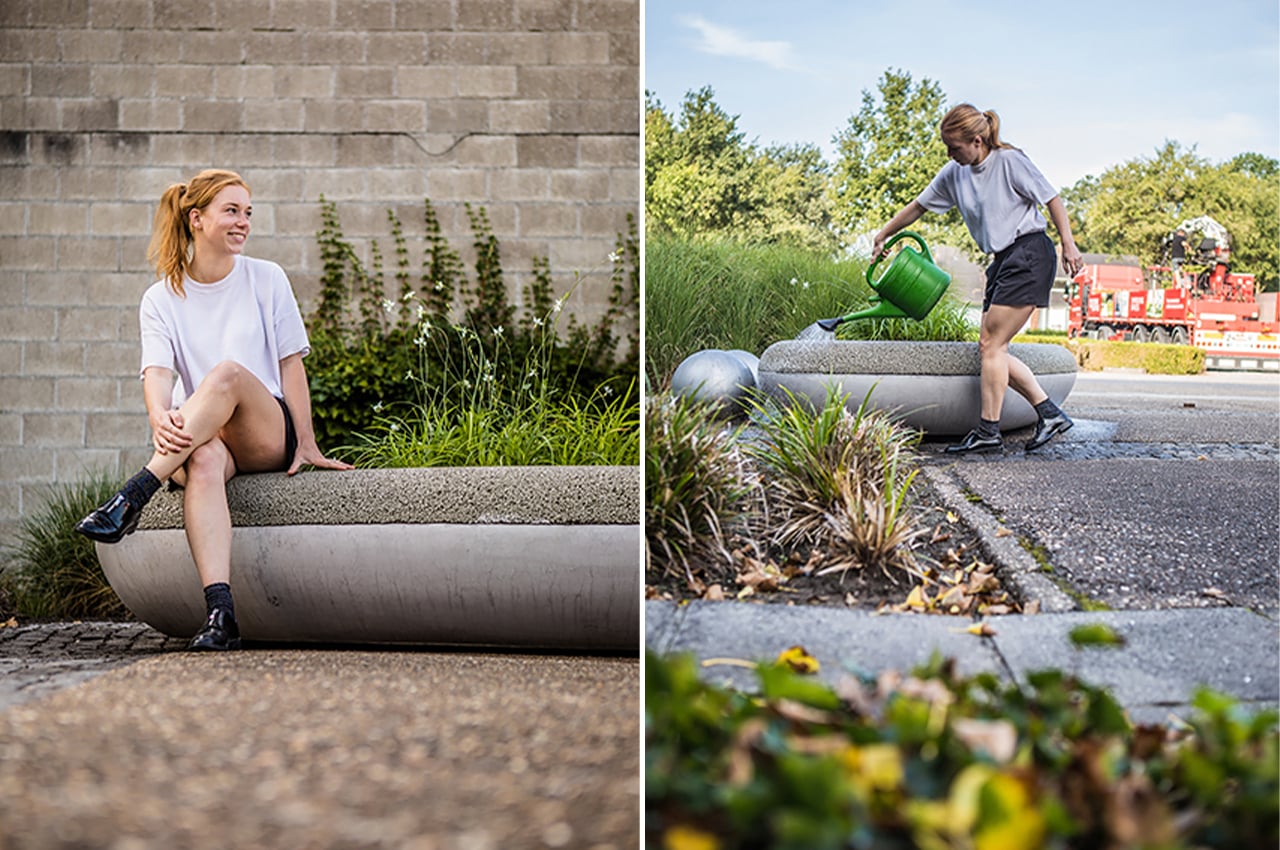
“During my studies, I made the prototype all by myself. I carved out some mold by using my football shoes. I filled the mold in cooperation with a concrete manufacturer and transported the (way too heavy) concrete block in a rented van. One day before the jury, I still had to apply the porous top layer… After I graduated I found a manufacturer who is now producing the market suitable Waterbench!” – an innovative, concrete flower box to make cities a little more greener.
Designer: Barbara Standaert
